A Mission to Land on Europa Takes Shape
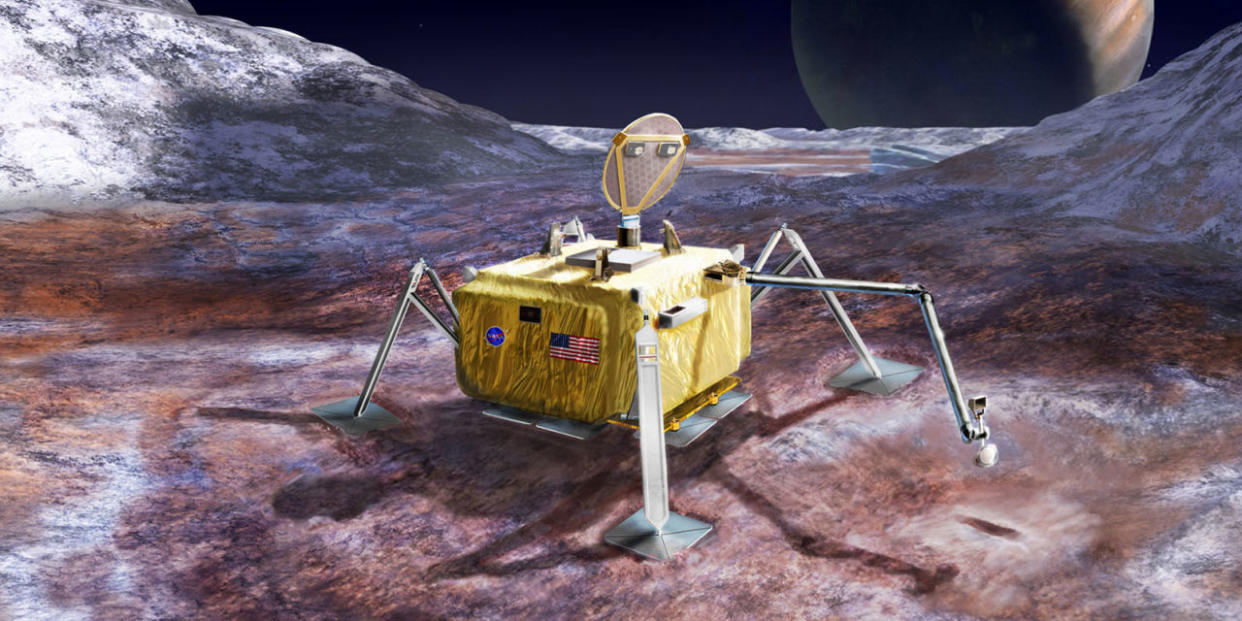
Europa is the best bet for finding alien life in the solar system. Mounds of visual evidence suggest that Jupiter's fourth-largest moon has a subterranean ocean with at least twice the amount of liquid water as Earth's oceans. Likely geysers have been spotted spouting from the surface of the moon. What's more, Europa-along with Saturn's moon Enceladus-is thought to have a rocky core, creating an ocean floor for the subsurface water that could provide minerals and salty compounds critical to life. Hydrothermal vents, like those in the deepest parts of Earth's oceans, could provide sustenance and warmth for alien microbes, and possibly even tube worms, crabs or fish.
All this makes Europa an obvious target for exploration, and you better believe we're going. A flyby mission is already in the works, targeting a launch in the early 2020s, and topographic data from that mission will be used to pick a landing site-a landing site for the spacecraft NASA just detailed in a preliminary study called a Science Definition Team (SDT) report.
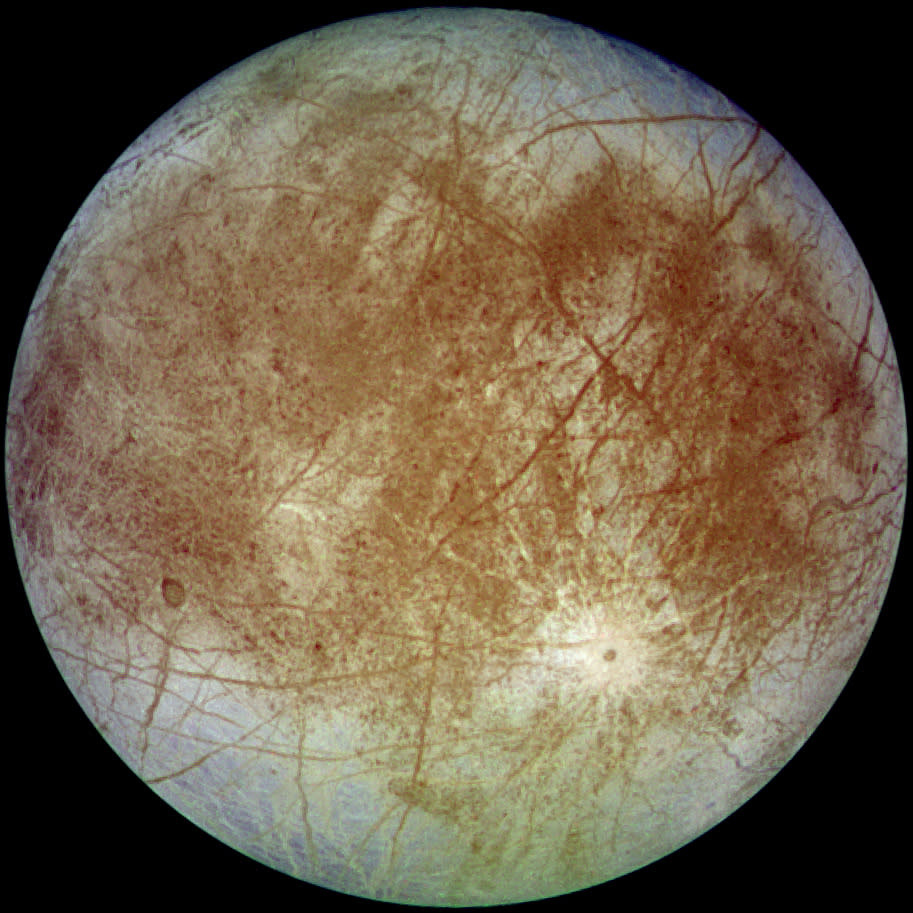
From the SDT report:
Europa may hold the clues to one of NASA's long standing goals – to determine whether or not we are alone in the universe. The highest-level science goal of the mission presented here is to search for evidence of life on Europa.
The mission, as outlined in the report, has two primary goals in addition to searching for life on Europa. The first is to analyze the surface composition, and the second is to characterize both the surface and subsurface conditions to determine the viability of a future mission to tunnel into the subterranean ocean and explore it directly.
[contentlinks align="left" textonly="false" numbered="false" headline="Related%20Story" customtitles="Space-Bound%20Submarines%20to%20Explore%20Alien%20Oceans" customimages="" content="article.16591"]
Because Europa has no atmosphere, a heat shield would not be required for the lander, but that also means a parachute would do no good in slowing the craft for a soft landing. The SDT report suggests using retrorockets on a sky crane tethered to the lander to place the probe on the surface, similar to the method used to land Curiosity on Mars. The probe would then function for 20+ days on battery power, taking at least five samples to be analyzed by its science instruments during that time. The lander's mothership would enter orbit around Europa after depositing the probe and serve as a communication relay to transmit data back to Earth.
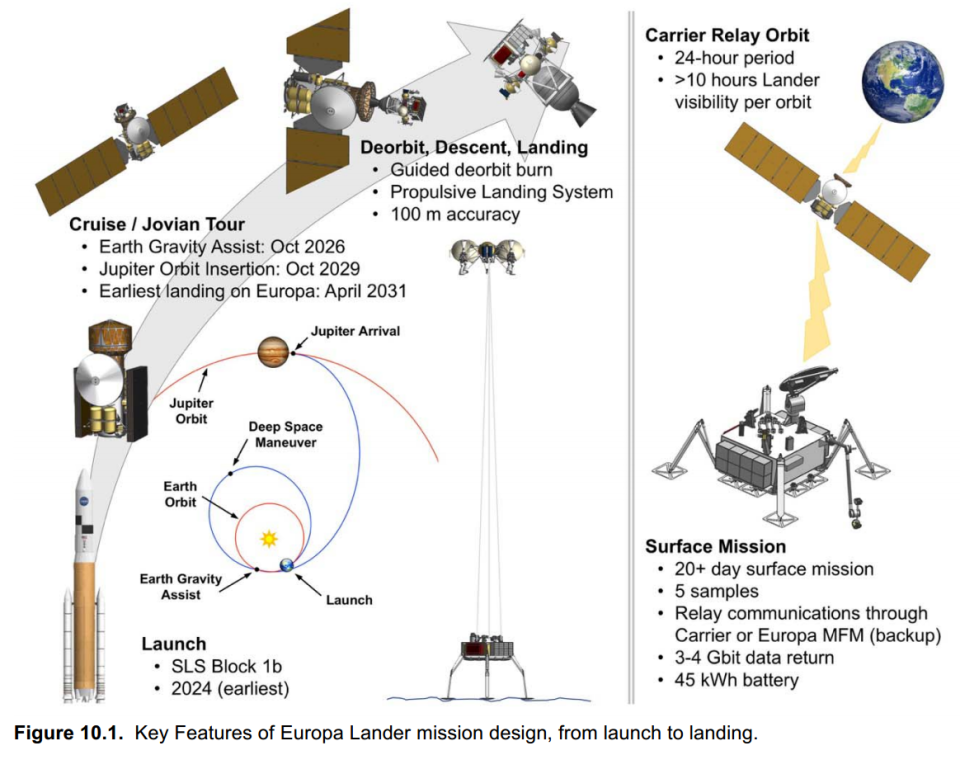
The report outlines three primary science instruments to search for life in samples taken from the surface of Europa. The first is an Organic Compositional Analyzer (OCA) with a Gas Chromatograph-Mass Spectrometer (GC-MS) that would analyze the electromagnetic spectrum of sample material to identify organic compounds. The second is a Microscope for Life Detection (MLD) "capable of distinguishing microbial cells as small as 0.2 microns in diameter, and as dilute as 100 cells per cubic centimeter (cc, or equivalently 1 mL) of ice." The third is a Vibrational Spectrometer (VS) that uses UV light to distinguish between organic and inorganic compounds "down to a level of parts per thousand by mass."
The spacecraft would also use a number of mechanical components to acquire the samples for analysis. A robotic arm, sample excavation tool, sample collection device, and sample transfer mechanisms deposit the material to the primary science instruments, which are housed within the spacecraft for radiation shielding.
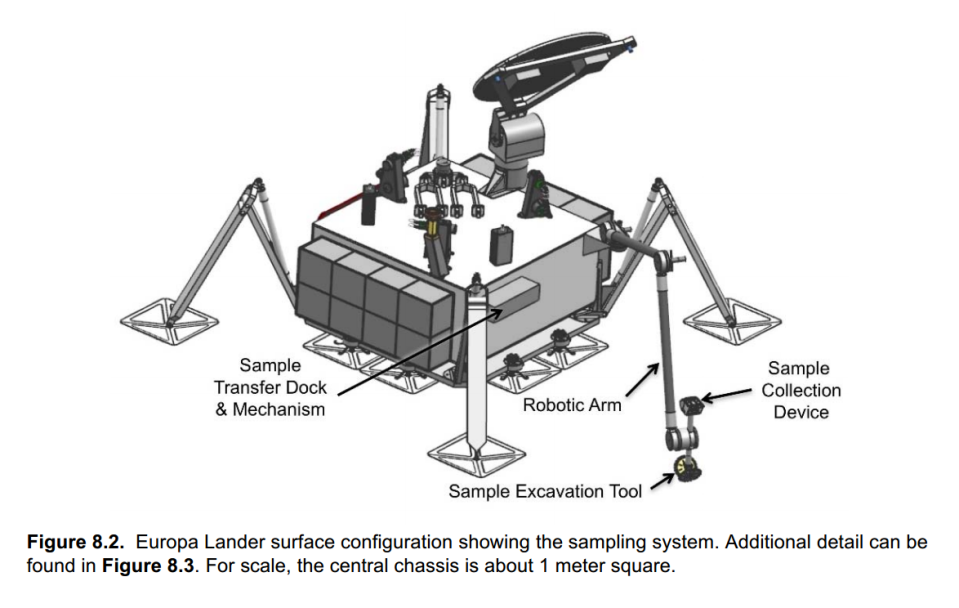
NASA has scheduled two town hall meetings, on March 19 and April 23, to receive feedback on the SDT report from the science community at large. The team reports that the Europa lander mission "could be launched as early as 2024," but that seems optimistic considering the mission depends on data from the Europa flyby spacecraft that has yet to be launched, and the lander team plans to use NASA's SLS rocket, also still in development.
Such an ambitious target launch date is nevertheless encouraging, suggesting that the research team feels confident the necessary technology for the mission is already available-it's just a matter of signing off on the bill and pulling all the components together. Considering it was a congressional directive that spurred NASA to fund this report in the first place, it seems likely that Washington will be open to funding a Europa lander, and funding it sooner rather than later.
If there is alien life in this solar system, we are going to find it.
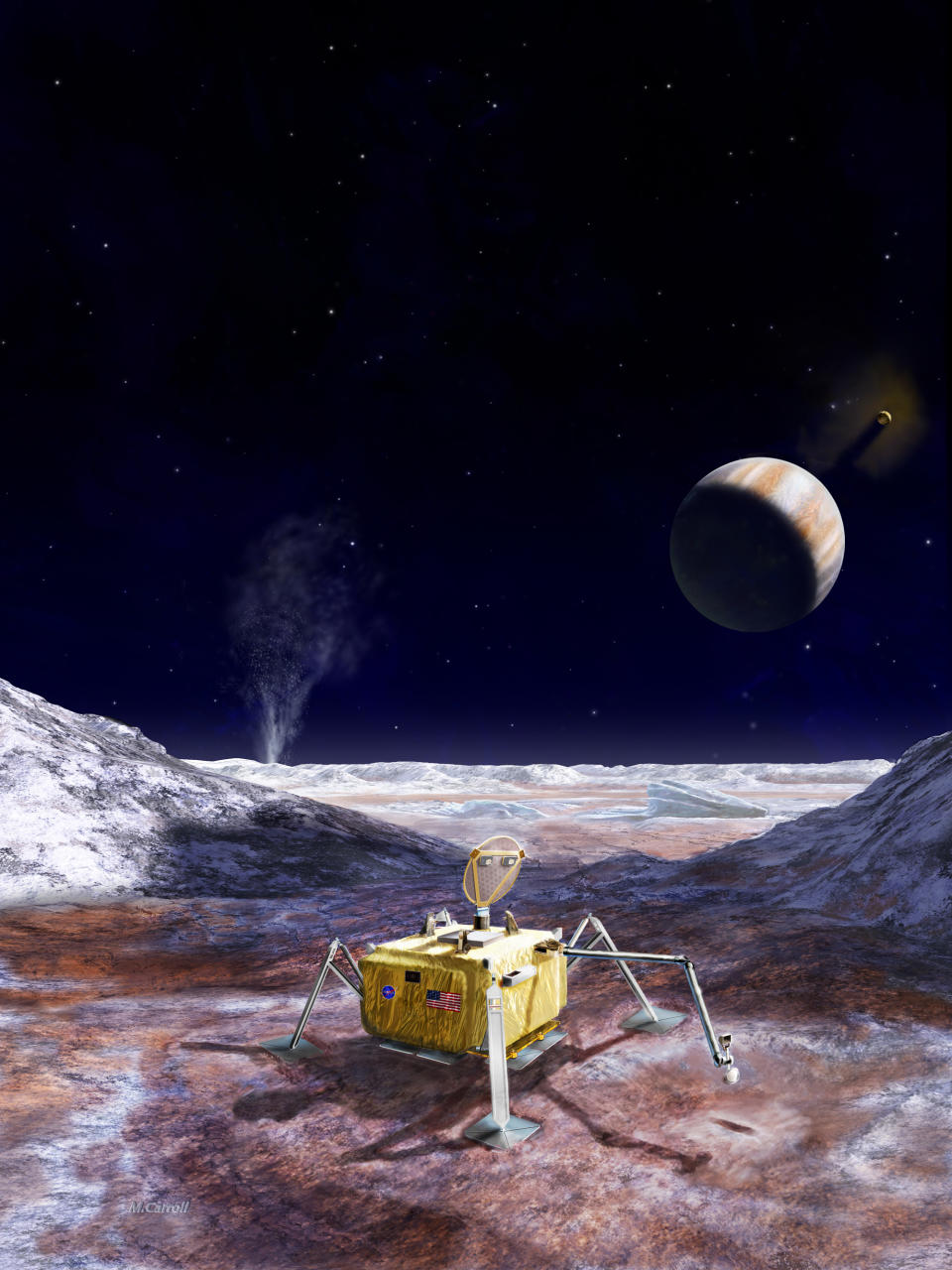
Source: NASA
You Might Also Like

